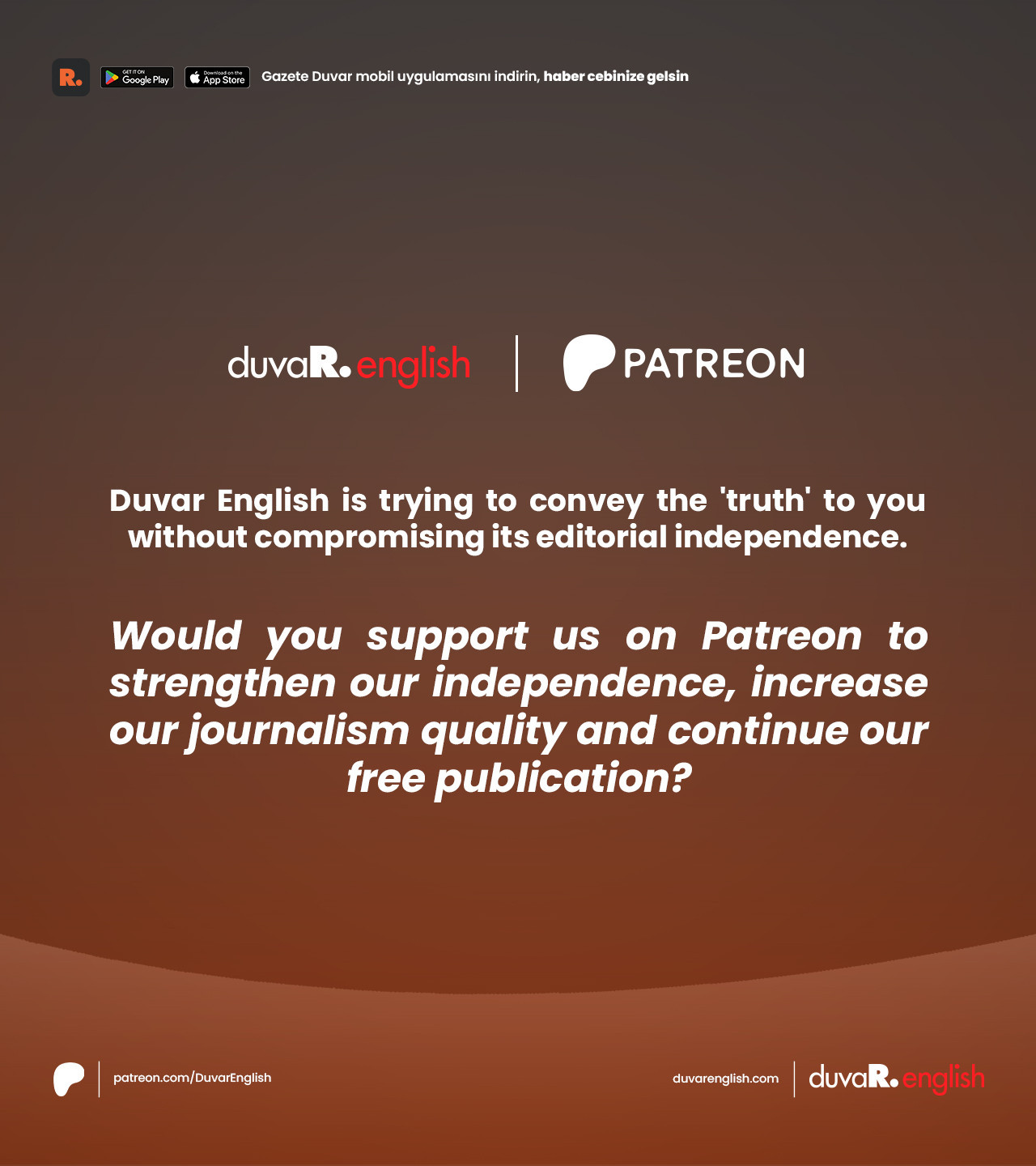Şimşek’s program is working: Economic crisis on the verge of happening!
Turkish Finance Minister Mehmet Şimşek’s program promises a deepening of the cost of living crisis and more poverty. What we need to discuss against this are the alternatives. Turkey's current social dynamics have not yet resulted in broad sections of society agreeing on an alternative program. We should focus on the social roots of this lack of alternatives and how to overcome it.
In a column in the 2023 fall titled “Şimşek’s Program Drags Turkey into Crisis,” I argued that the economic program implemented under the coordination of Treasury and Finance Minister Mehmet Şimşek could bring an economic crisis, that is, a contraction in the economy that would be experienced in two consecutive quarters. This claim has not yet been realized due to factors such as the fact that the Şimşek program was not designed as a 'shock therapy' but followed a more 'moderate' path, the additional room for maneuver created by the extraordinary period seen in corporate profitability after 2020, and the decrease in the debts borrowed by companies in foreign currency after the currency crisis in 2018.
Today, however, we are seeing not only an increase in SMEs' problems in accessing financing due to high interest rates, or exporters' complaints about exchange rates becoming more and more vocal, but also a deepening of the cost of living crisis and the economic recession that has begun to engulf many sectors. In this column, I will discuss current crisis trends.
Contradictions in the economic administration
Before presenting data, when we look at what the economic administration is trying to do, we are faced with a contradictory situation. On the one hand, we see the stance of the Central Bank of the Republic of Turkey, on the other Vice President Cevdet Yılmaz’s.
The former is announced in the statements from various central bank officials and official reports. In particular, according to the latest Inflation Report, the Turkish economy needs to contract for a long time to bring inflation under control (p.55, Chart 3.2.3). In other words, the central bank is following the typical orthodox prescription that we need to create a crisis to bring down inflation.
On the other hand, Vice President Cevdet Yılmaz reiterated his claim that there will be 'no harsh decline' in the economy. Yılmaz said, “No, there will not be a harsh decline in the economy. We do not see any danger in this regard. There may be a partial decline in the growth rate, but we will definitely not go to the negative side'.”
Clearly, there are two different positions in the economic administration. Both cannot be correct. Let us put this contradiction aside for now, to which we will return later, and take a brief look at the recent data on economic stagnation.
Turning point in unemployment is passed
As you know, the increase in employment and the decline in unemployment were the main economic dynamics behind the AKP's electoral victory in the 2023 elections. This economic picture was the result of the choice to employ more people at lower real wages.
Although there was a change in this economic policy in 2023, the 'moderate' structure of the Şimşek program due to its class composition prevented unemployment from skyrocketing.
The jumps in both headline unemployment and broad-defined unemployment in the data released in July show that the economic results of the Şimşek program have started to emerge.
Industrial production is slowing down
The second key indicator is the contraction in industrial production. While industrial production decreased by 4.7 percent annually, the industrial manufacturing index in particular fell by 6.9 percent. This data is in line with the turning point in unemployment. The Şimşek program is limiting supply while cutting demand.
In fact, in the statements made by the economic administration, we see that there is an expectation that this process can be overcome without a loss in production capacity as the contribution of net exports to growth turns positive despite the limitation of domestic demand. However, in the current situation, both the stagnation in export markets and the appreciation of the Turkish lira in real terms indicate that the industry will lose strength in the coming period. Whether this development is large enough to break the 're-industrialization' trend seen after 2013 depends on whether the possibility of an economic crisis will materialize.
Looking at another variable, the capacity utilization rate is at its lowest level since its peak in 2023. However, we can add that it has not yet fallen below historical averages.
Finally, we can add the current account surplus data to this picture. According to the latest data, we learned that the current account posted a surplus of $407 million in June. The main dynamic in this is the decline in imports. Therefore, with a few exceptions, if we look at the general rule, under the current production structure, the current account surplus in Turkey can be seen as an omen of economic crisis.
‘The Black Winter’ is on the verge
Other data may support the signs of a slowdown in the economy. But without further ado, we can make the following observation: The cost of reducing inflation is already being borne by the masses, who are already struggling with the cost of living crisis. Starting next fall, the devastating effects of unemployment will be added to this.
Although the Fed is set to start cutting interest rates in September, giving the Turkish Central Bank room for maneuver to cut interest rates, it is not yet clear whether this room for maneuver will be utilized. Moreover, even if this room for maneuver is utilized, it is doubtful that the possible interest rate cuts will prevent an economic crisis.
Let me end by emphasizing this: The Şimşek program promises a deepening of the cost of living crisis and more poverty. What we need to discuss against this are the alternatives. Turkey's current social dynamics have not yet resulted in broad sections of society agreeing on an alternative program. We should focus on the social roots of this lack of alternatives and how to overcome it.


